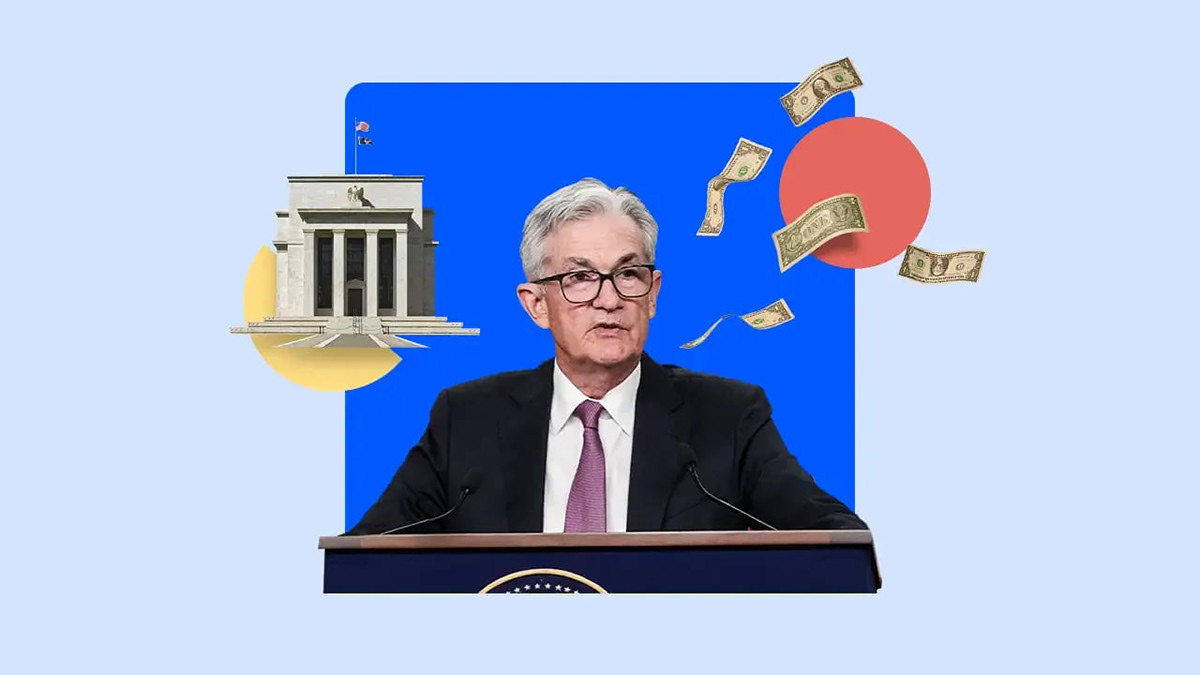
If you had listened to many market commentators a month ago, you would have gotten the sense that a rate cut in early 2024 was a certainty. However, things are now trending in the opposite direction.
When the easing cycle begins - whether in March or later - it will be a significant signal that the aggressive tightening phase is over and that Fed officials feel that inflation is low risk of flaring up.
On January 23, futures markets were betting 60% that the Fed's target rate would remain unchanged after the meeting ending on March 20, with a 40% chance of one or more rate cuts at that time, according to the CME FedWatch.
As recently as January 12, the market had bet 81% on a rate cut in March. That percentage had once reached 90% on December 27.
This change is also reflected in the rise in the policy-sensitive yield on U.S. two-year Treasuries, with the yield at 4.41% this morning, up from 4.14% on January 12. The new financial forecasts also reflect a combination of strong growth data plus subtle messaging from Fed officials.
Changes in market expectations
The sharp decline in expectations of a March rate cut is a significant shift from just a few weeks ago. There are a number of factors that could be contributing to this change, including:
Strong economic growth: U.S. economic growth is expected to be robust in the first quarter of 2023, with some economists forecasting growth of 5% or more. This strong growth could lead the Fed to conclude that it does not need to raise rates as aggressively as previously thought.
Falling inflation: Inflation has been declining in recent months, falling to 7.5% in January from a peak of 8.5% in December. This decline could lead the Fed to believe that inflation is under control and that it does not need to raise rates as aggressively to combat it.
Tentative messaging from Fed officials: Fed officials have recently sent mixed signals about the future of monetary policy. Some officials have suggested that the Fed may need to raise rates more aggressively than previously thought, while others have suggested that the Fed may be more cautious. This tentative messaging could be contributing to the uncertainty in the markets.
What does this mean for the future of monetary policy?
It is still too early to say with certainty whether the Fed will cut rates in March. However, the recent decline in expectations of a rate cut suggests that the Fed may be more cautious than previously thought. If the Fed does not raise rates in March, it would be a significant shift in monetary policy and would likely lead to a reassessment of the outlook for interest rates in the coming months.
